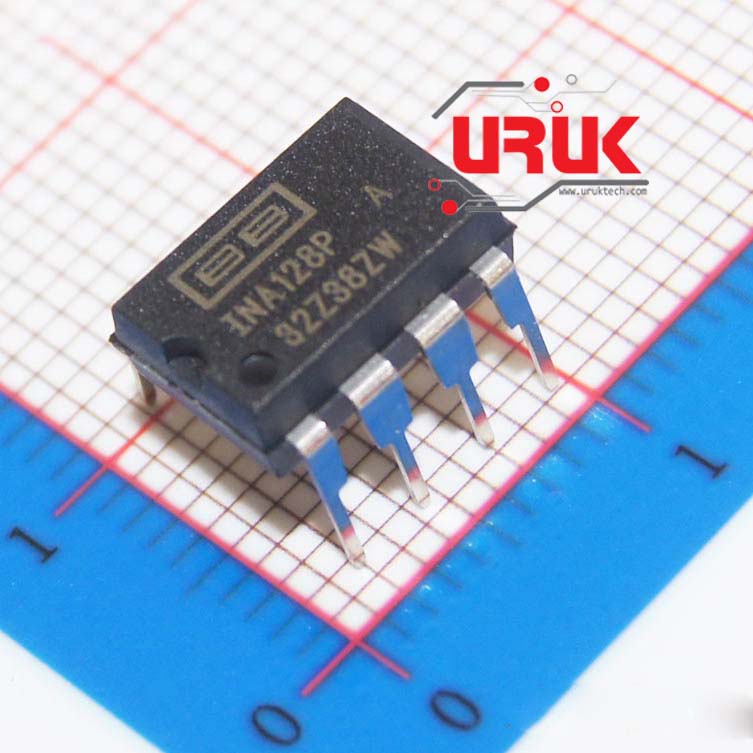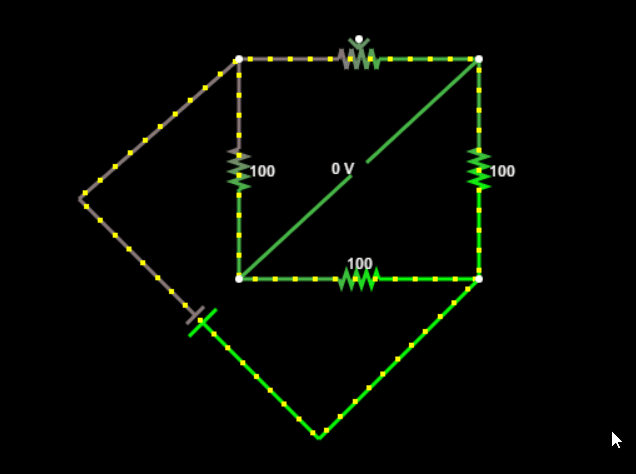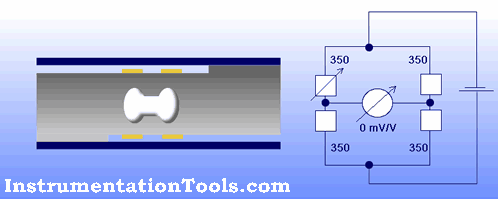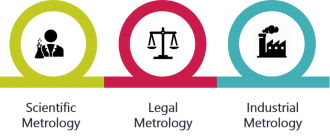Instrumentation Amplifier: Enhancing the Power of Wheatstone Bridge Measurements
Introduction:
In the realm of electrical engineering and precision measurements, the combination of a Wheatstone bridge and an instrumentation amplifier forms a powerful partnership. In this blog post, we will explore the concept of an instrumentation amplifier and its synergy with the Wheatstone bridge. Understanding this combination will shed light on how it enhances the accuracy and sensitivity of measurement systems.
1. What is an Instrumentation Amplifier?
An instrumentation amplifier (in-amp) is a specialized type of differential amplifier that provides high gain, high input impedance, and excellent common-mode rejection. Its primary purpose is to amplify weak differential voltage signals while rejecting common-mode noise and interference. The in-amp's design allows it to provide precise and accurate amplification, making it suitable for use in sensitive measurement applications.
2. Enhancing Wheatstone Bridge Measurements:
When combined with the Wheatstone bridge, the instrumentation amplifier plays a crucial role in extracting and amplifying the differential voltage output of the bridge. Here's how it works:
a. Amplification: The output voltage of a Wheatstone bridge is typically in the millivolt range, which may be too weak for direct measurement or processing. The instrumentation amplifier amplifies this small differential voltage signal to a more measurable and usable level.
b. Signal Conditioning: The in-amp also helps in further conditioning the signal by providing offset adjustment, gain control, and filtering capabilities. This allows for precise calibration, customization of gain levels, and elimination of unwanted noise or interference.
c. Common-Mode Rejection: The Wheatstone bridge may be subject to common-mode noise or interference, which can affect the accuracy of the measurement. The instrumentation amplifier's inherent ability to reject common-mode signals helps in minimizing the impact of such noise and ensures accurate measurement of the differential signal.
 |
| https://www.ee-diary.com/2021/11/lm324-op-amp-instrumentation-amplifier.html |
3. Key Applications:
The combination of the Wheatstone bridge and an instrumentation amplifier finds numerous applications, including:
- Strain Gauge Measurements: In applications where strain gauges are employed within a Wheatstone bridge configuration, an instrumentation amplifier is used to amplify the small strain-induced voltage changes. This allows for precise measurement of mechanical strain in structures, such as load cells, pressure sensors, and force transducers.
- Pressure and Force Sensing: When Wheatstone bridge-based pressure or force sensors are used, an instrumentation amplifier amplifies the small voltage changes resulting from the applied pressure or force. This enables accurate and reliable measurement of pressure or force levels.
- Sensor Signal Conditioning: In general, the combination of a Wheatstone bridge and an instrumentation amplifier is utilized for conditioning and amplifying various sensor outputs, including temperature sensors (thermistors, RTDs), light sensors, and resistive sensors.
 |
| https://www.uruktech.com/product/ina128-dip-precision/ |
Conclusion:
The integration of an instrumentation amplifier with the Wheatstone bridge significantly enhances the accuracy and sensitivity of measurements. By amplifying weak differential signals, rejecting common-mode noise, and providing signal conditioning capabilities, this combination enables precise measurement and reliable data acquisition. Whether in strain gauge applications, pressure sensing, or general sensor signal conditioning, the pairing of the Wheatstone bridge with an instrumentation amplifier empowers engineers and scientists to extract valuable information from delicate and low-level signals. It serves as a fundamental tool in measurement systems, advancing various fields and contributing to technological advancements.














